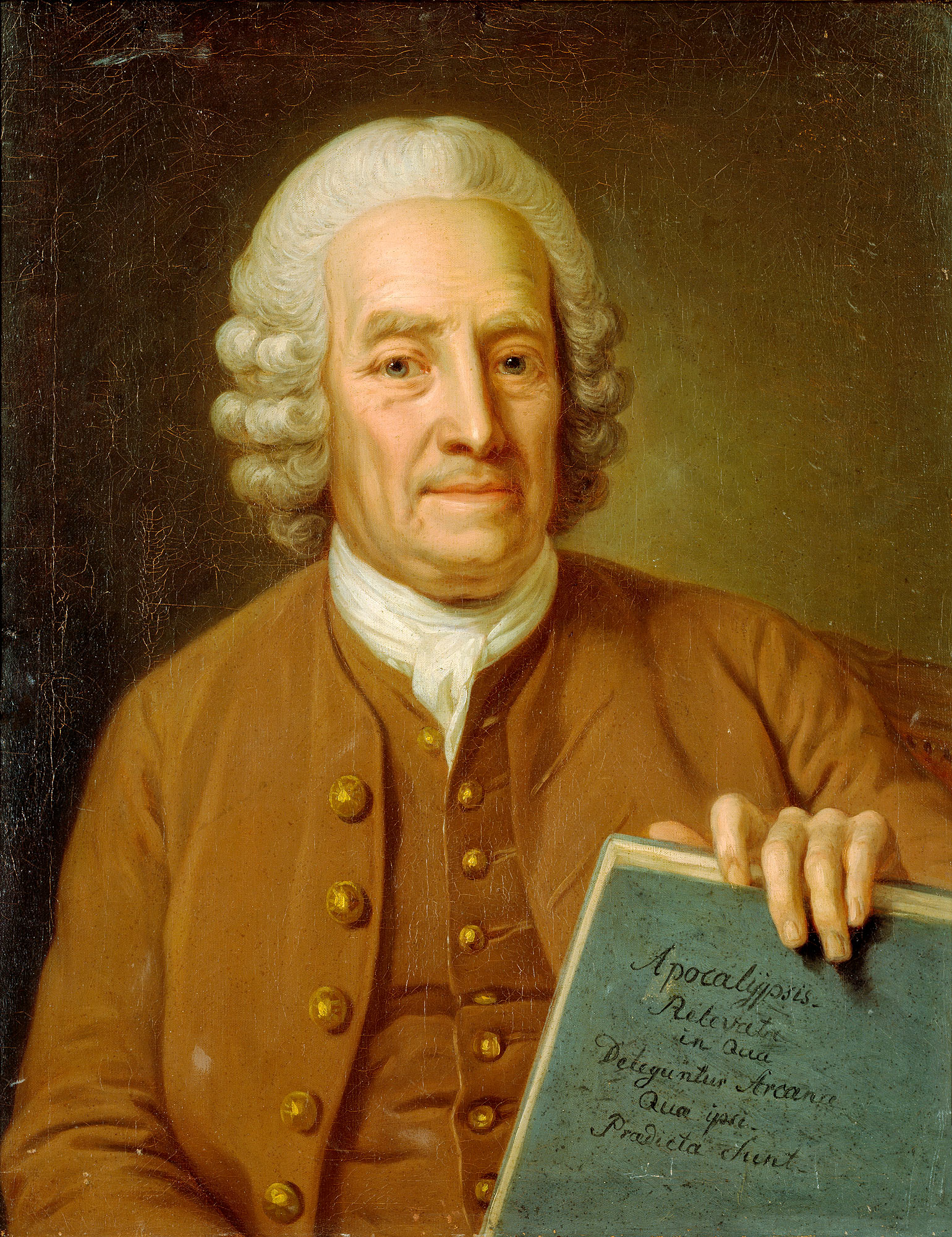 Emanuel Swedenborg (February 8, 1688–March 29, 1772) was a Swedish scientist, philosopher, theologian and inventor. In 1710 made a tour through the Netherlands, France, and Germany. In London he spend the next four years and he studied physics, mechanics, and philosophy, and read and wrote poetry. Swedenborg wrote to his benefactor and brother-in-law Eric Benzelius that he believed he might be destined to be a great scientist. In one of his letters he includes, somewhat boastfully, a list of inventions he claims to have made, including a submarine and a flying machine.
Emanuel Swedenborg (February 8, 1688–March 29, 1772) was a Swedish scientist, philosopher, theologian and inventor. In 1710 made a tour through the Netherlands, France, and Germany. In London he spend the next four years and he studied physics, mechanics, and philosophy, and read and wrote poetry. Swedenborg wrote to his benefactor and brother-in-law Eric Benzelius that he believed he might be destined to be a great scientist. In one of his letters he includes, somewhat boastfully, a list of inventions he claims to have made, including a submarine and a flying machine.
In 1715 Swedenborg returned to Sweden, where he was to devote himself to natural science and engineering projects for the next two decades. A first step was his noted meeting with King Charles XII of Sweden in the city of Lund, in 1716. The Swedish inventor Christopher Polhem, who became a close friend of Swedenborg's, was also present. Swedenborg's purpose was to persuade the king to fund an observatory in northern Sweden. However, the warlike king did not consider this project important enough, but did appoint Swedenborg assessor-extraordinary on the Swedish board of mines (Bergskollegium) in Stockholm.
From 1716 to 1718 Swedenborg published a scientific periodical entitled Daedalus Hyperboreus ("The Northern Daedalus"), a record of mechanical and mathematical inventions and discoveries. One notable description was that of a flying machine, the same he had been sketching a few years earlier (see in the foto bellow his Flying Machine).
In 1724 he was offered the chair of mathematics at Uppsala University but he declined, saying that he had mainly dealt with geometry, chemistry and metallurgy during his career. He also noted that he did not have the gift of eloquent speech because of a speech impediment.
Swedenborg's desire to understand the order and purpose of creation first led him to investigate the structure of matter and the process of creation itself. In the Principia he outlined his philosophical method, which incorporated experience, geometry (the means whereby the inner order of the world can be known), and the power of reason; and he presented his cosmology, which included the first presentation of the Nebular hypothesis.
The 1735 he also published the small manuscript de Infinito ("On the Infinite"), where he attempted to explain how the finite is related to the infinite, and how the soul is connected to the body. This was the first manuscript where he touched upon these matters. He knew that it might clash with established theologies, since he presents the view that the soul is based on material substances.
At the age of fifty-six he started to experience dreams and visions. Swedenborg claimed he had a vision in which God appointed him to write a heavenly doctrine to reform Christianity. He also claimed that from then on he could visit heaven and hell, and talk with angels, demons, and spirits. In the last 28 years of his life, he published 18 theological works, the best known was Heaven and Hell (1758).
The Dreams
By 1744 he had traveled to the Netherlands. Around this time he began having strange dreams. Swedenborg carried a travel journal with him on most of his travels, and did so on this journey. The diary was long unknown and it was discovered in the Royal Library in the 1850s and published in 1859 as Drömboken, or Journal of Dreams.
He had many different dreams and visions, some very disturbing. The experiences continued during his voyage to London. Analyses of the diary have concluded that what Swedenborg was recording in his Journal of Dreams was a battle between the love of his self, and the love of God.
Visions and spiritual insights
In the last entry of the journal from October 26-27 1744, Swedenborg appears to be sure which was the right path for him to follow. So he dropped his current project, and wrote a new book about the worship of God. He soon began working on "De cultu et amore Dei" ("The Worship and Love of God") but never completed it. One explanation why the work was never finished is given in the following story: "In April 1745, Swedenborg was dining in a private room at a tavern in London. By the end of the meal, a darkness fell upon his eyes, and the room shifted character. Suddenly he saw a person sitting at a corner of the room, telling Swedenborg: "Do not eat too much!". Swedenborg, scared, hurried home. Later that night, the same man appeared in his dreams. The man told Swedenborg that He was the Lord, that He had appointed Swedenborg to reveal the spiritual meaning of the Bible, and that He would guide Swedenborg in what to write. The same night, the spiritual world was opened to Swedenborg."
In June 1747, Swedenborg resigned his post as assessor of the board of mines. He took up afresh his study of Hebrew and began to work (1746-1747) on the spiritual interpretation of the Bible with the goal of interpreting the spiritual meaning of every verse.
His life from 1747 until his death in 1772 was spent in Stockholm, Holland, and London. During these twenty five years he wrote another fourteen works of a spiritual nature of which most were published during his lifetime.
In July, 1770, at the age of 82, he traveled to Amsterdam to complete the publication of his last work. The book "Vera Christiana Religio" ("The True Christian Religion"), was published in Amsterdam in 1771 and was the most concrete of his works.
In the summer of 1771, he traveled to London. Shortly before Christmas he suffered a stroke and was partially paralyzed. He died on March 29, 1772.
Swedenborg's philosophy fascinated many people such as Immanuel Kant, William Blake, Goethe, Arthur Conan Doyle, Balzac, Jorge Luis Borges, August Strindberg, Ralph Waldo Emerson and Carl Jung.
Some claimed Swedenborg was mentally ill. But the analysis of his life establish clearly his sanity and the system of thought in his theological papers is very coherent.
Psychic ability
There are three well known incidents of psychic ability reported about Swedenborg. The first was from July 29, 1759, when during a dinner in Gothenburg, he excitedly told the party at six o' clock that there was a fire in Stockholm (405 km away), that it consumed his neighbour's home and was threatening his own. Two hours later, he exclaimed with relief that the fire stopped three doors from his home. Two days later, reports confirmed every statement to the precise hour that Swedenborg first expressed the information.
The second was in 1758 when Swedenborg visited Queen Louisa Ulrika of Sweden, who asked him to tell her something about her deceased brother Augustus William. The next day, Swedenborg whispered something in her ear that turned the Queen pale and she explained that this was something only she and her brother could know about.
The third was a woman who had lost an important document, and came to Swedenborg asking if a recently deceased person could tell him where it was, which he was said to have done the following night.











